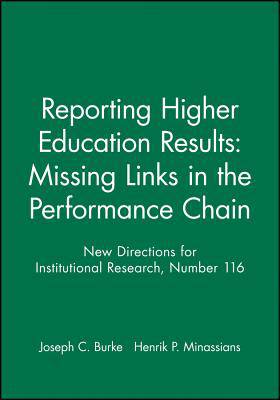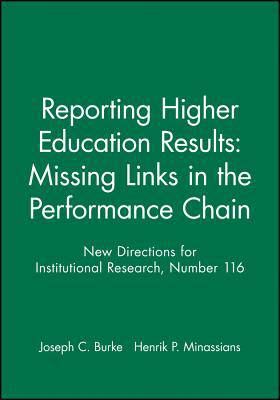
Je cadeautjes zeker op tijd in huis hebben voor de feestdagen? Kom langs in onze winkels en vind het perfecte geschenk!
- Afhalen na 1 uur in een winkel met voorraad
- Gratis thuislevering in België vanaf € 30
- Ruim aanbod met 7 miljoen producten
Je cadeautjes zeker op tijd in huis hebben voor de feestdagen? Kom langs in onze winkels en vind het perfecte geschenk!
- Afhalen na 1 uur in een winkel met voorraad
- Gratis thuislevering in België vanaf € 30
- Ruim aanbod met 7 miljoen producten
Zoeken
Reporting Higher Education Results: Missing Links in the Performance Chain
New Directions for Institutional Research, Number 116
€ 30,95
+ 61 punten
Omschrijving
Performance reporting--publishing information on the results of highereducation at the state, system, and institutional levels--is said to have thepotential to enhance external accountability, improve institutionalperformance, further state needs, and possibly even increase state funding.
Specificaties
Betrokkenen
- Uitgeverij:
Inhoud
- Aantal bladzijden:
- 160
- Reeks:
Eigenschappen
- Productcode (EAN):
- 9780787963361
- Verschijningsdatum:
- 27/02/2003
- Uitvoering:
- Paperback
- Afmetingen:
- 163 mm x 227 mm
- Gewicht:
- 244 g

Alleen bij Standaard Boekhandel
+ 61 punten op je klantenkaart van Standaard Boekhandel
Beoordelingen
We publiceren alleen reviews die voldoen aan de voorwaarden voor reviews. Bekijk onze voorwaarden voor reviews.








